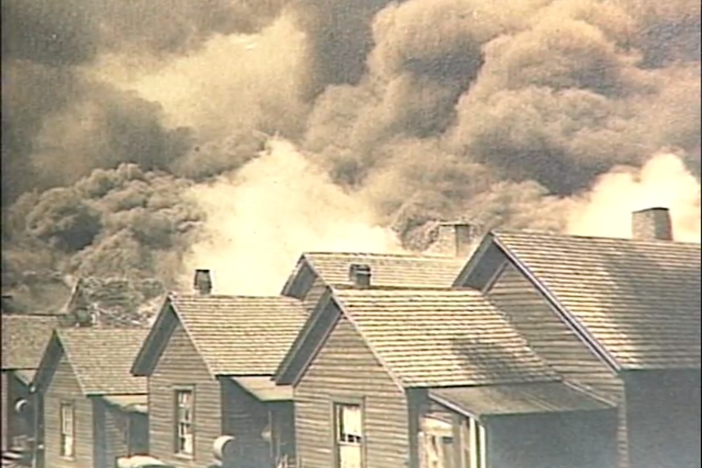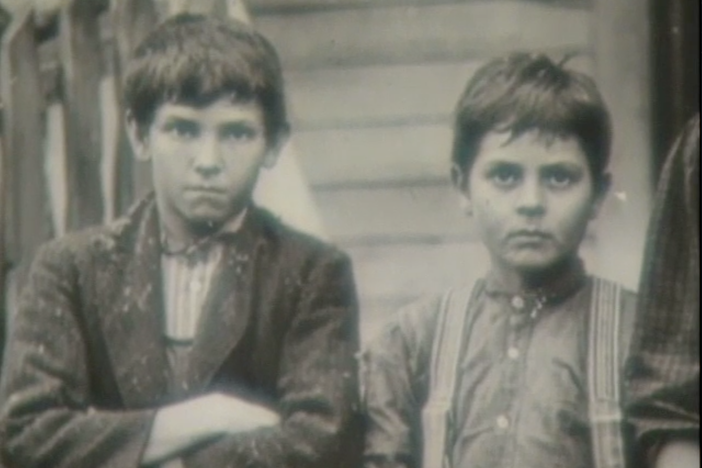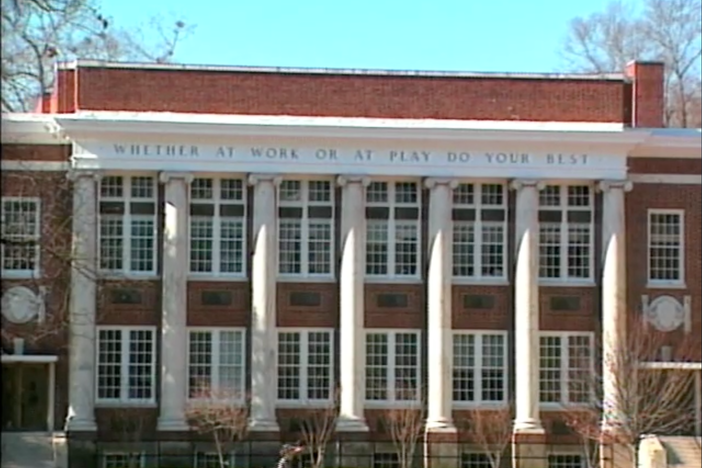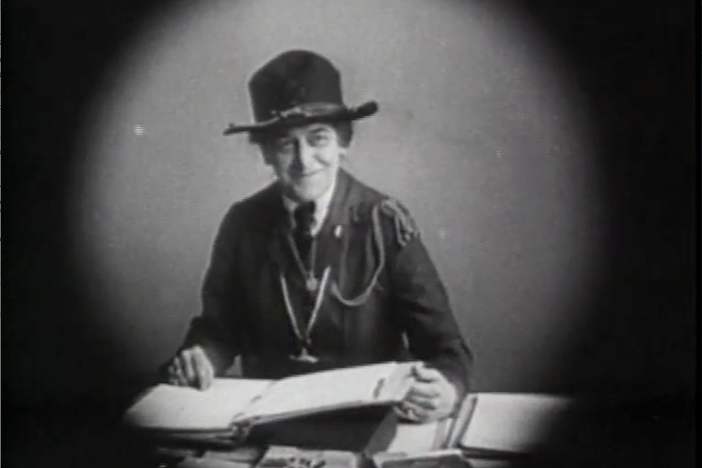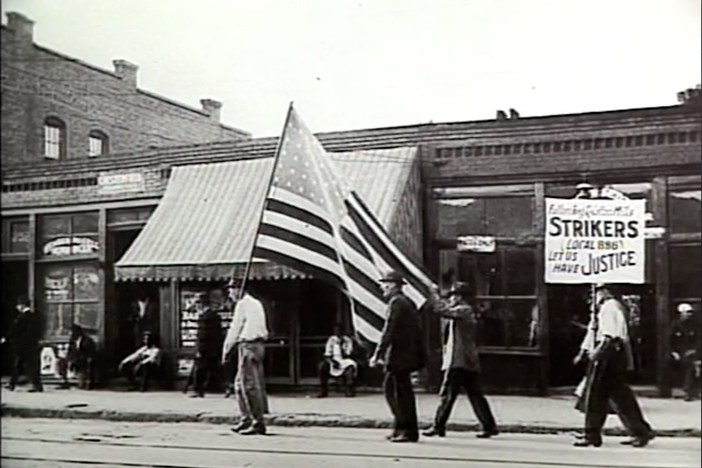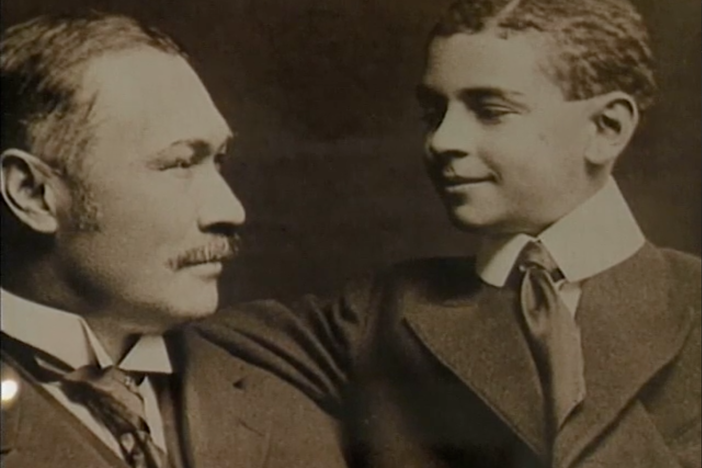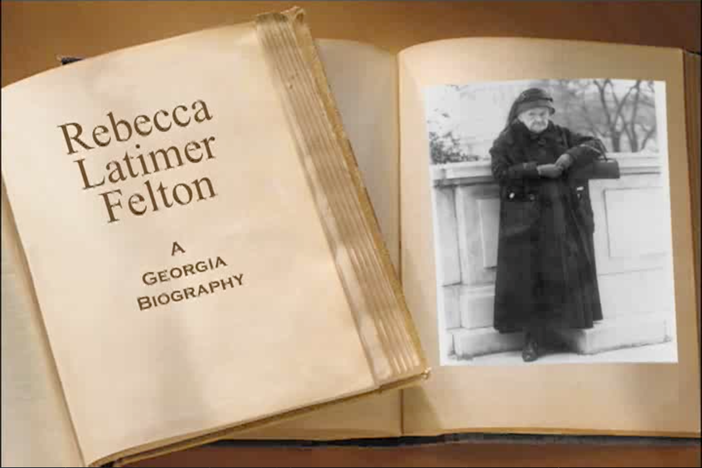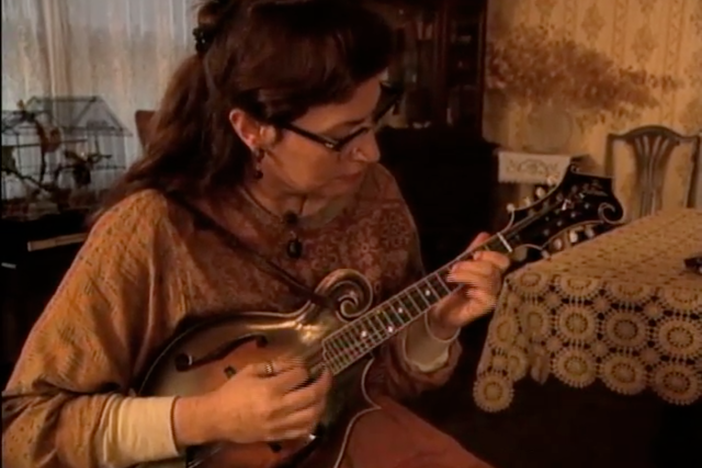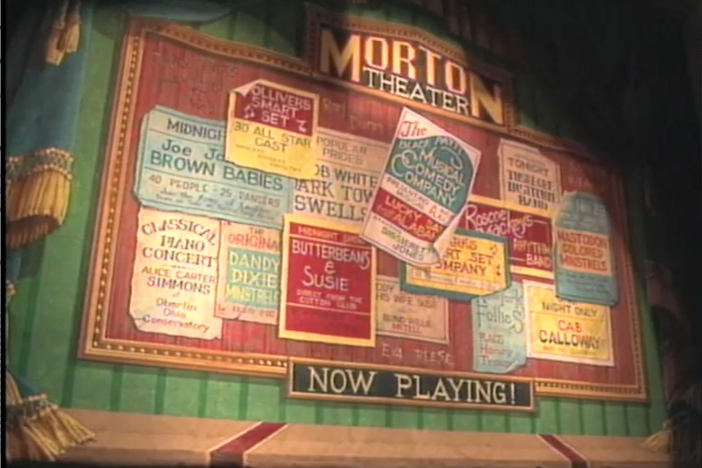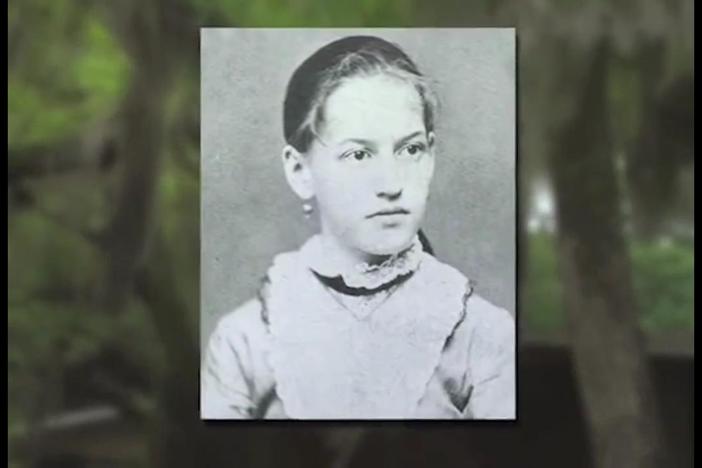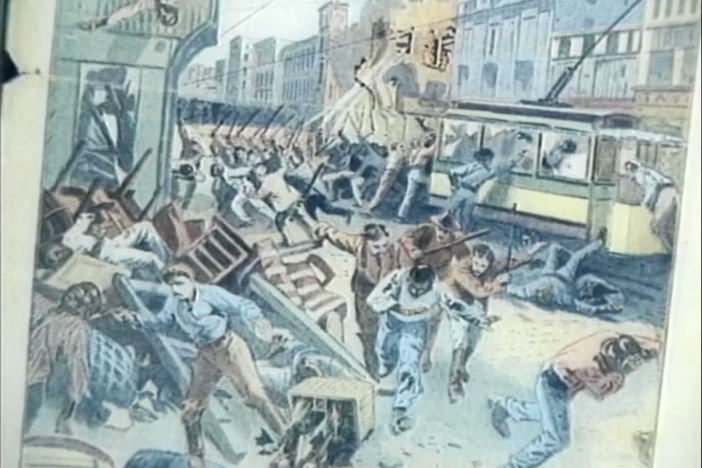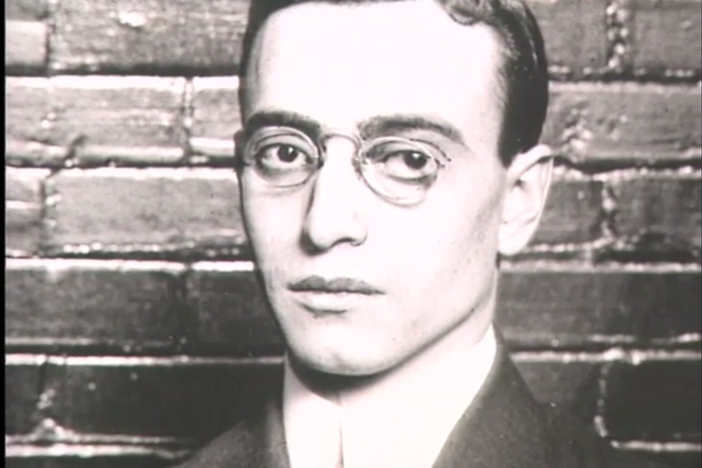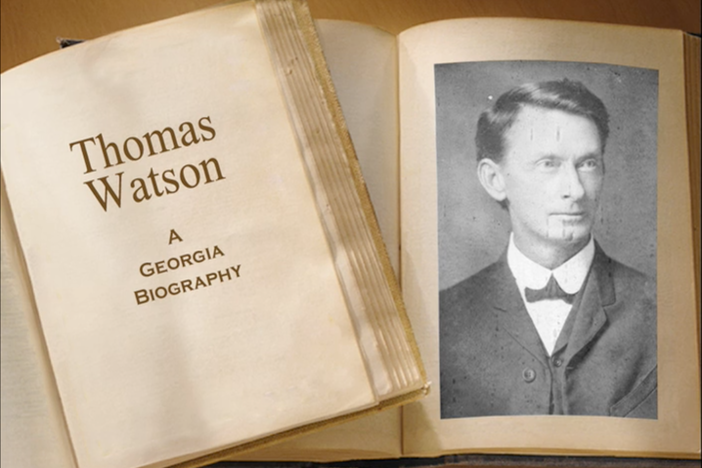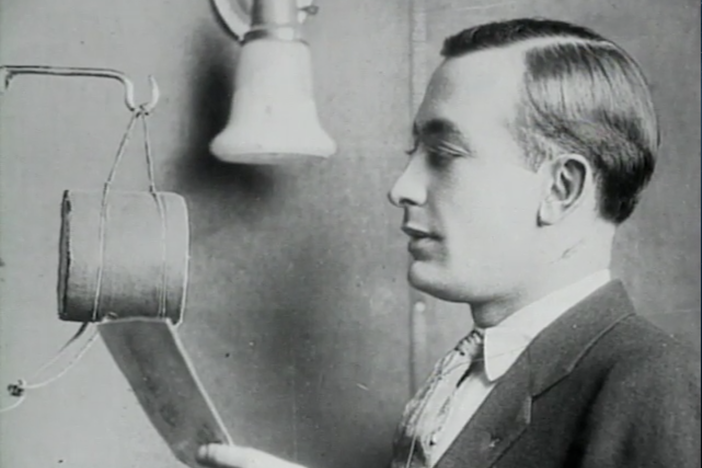Dreams Never Realized: The Strike of 1914-15
Historians discuss the Fulton Bag and Cotton Mill Strike of 1914, in which 500 of 1300 workers challenged the management of the company for their grueling practices.
Dreams Never Realized: The Strike of 1914-15
Historians discuss the Fulton Bag and Cotton Mill Strike of 1914, in which 500 of 1300 workers challenged the management of the company for their grueling practices.
Social Studies
Identify the ways individuals, groups, and events attempted to shape the New South; include the Bourbon Triumvirate, Henry Grady, International Cotton Expositions, and Tom Watson and the Populists.
1. How are labor conditions today different from the Fulton Bag and Cotton Mill during the early 1900s?
2. Compare and contrast the Fulton Bag and Cotton Mill strike with strikes today.
3. On May 20, 1914, The Atlanta Journal reported that, according to the union, between 500 and 800 people were on strike. Management of the Fulton Bag and Cotton Mill claimed the figure was actually 78. On June 2, the union claimed 1,700 were on strike; on June 3 management cited the 78 figure again. Why would the union and management report such different numbers?
1. Explain the reasons why workers strike. Give the advantages and disadvantages of striking. List alternatives that can be tried instead of striking.
arbitration: the hearing and determination of a cause between parties in controversy, by a person or persons chosen by the parties
bargaining: negotiations between two parties in order to reach a settlement. Bargaining between employers and a labor union is often referred to as "collective bargaining"
blackball: to ostracize, exclude or cast-out; term derives from the practice of voting against something by placing a black ball into a ballot box; to reject or exclude, as by voting against with black balls
capitalist: one who has capital; one who has money for investment, or money invested; especially a person of large property, which is employed in business
contract: a formal writing which contains the agreement of parties, with the terms and conditions, and which serves as a proof of the obligation
grievances: specific issues of disagreement or complaint between parties
infiltration: the act of entering a social party through masquerading as a member of that party, with the intention of reporting on that group's activities to an outside party
mediator: one who negotiates between two parties
scab: an employee hired to take the place of a striking worker until a settlement is made between the employers and the strikers
socialist: one who advocates or practices the doctrines of a theory or system of social reform which contemplates a complete reconstruction of society, with a more just and equitable distribution of property and labor
strike: to refuse to work for an employer until certain personal demands are met by that employer
union: that which is united, or made one; formed by a combination or coalition of parts or members; a confederation; a consolidated body; a league
1. How are labor conditions today different from the Fulton Bag and Cotton Mill during the early 1900s?
People today are protected from dangerous work conditions because of government restrictions and regulations. During the early 1900s, workers at the Fulton Bag and Cotton Mills often worked extremely long hours, they breathed in air full of lent that would choke them and children as young as 8 were employed.
2. Compare and contrast the Fulton Bag and Cotton Mill strike with strikes today.
Answers will vary.
3. On May 20, 1914, The Atlanta Journal reported that, according to the union, between 500 and 800 people were on strike. Management claimed the figure was actually 78. On June 2, the union claimed 1,700 were on strike; on June 3 management cited the 78 figure again. Why would the union group and management report such different numbers?
The higher the number of strikers the union could claim, the more legitimate their cause would appear to the public. The lower the number of strikers claimed by the management, the less legitimate the strikers' cause would appear to the public.
